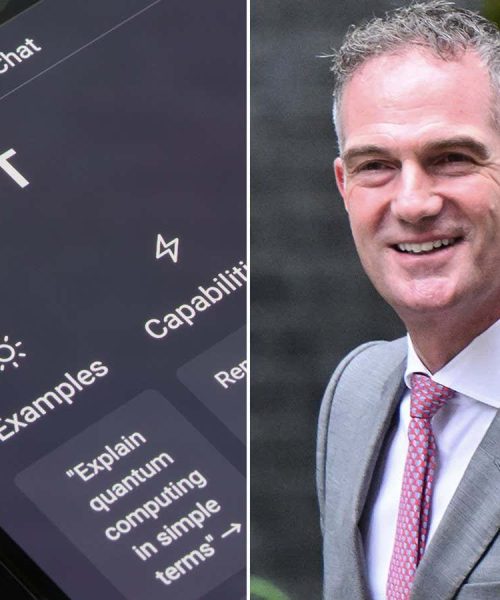
Chris Malbon
A cyborg bested me. When I played the online game WebGrid, using my finger on a laptop trackpad to click on squares appearing unpredictably on a grid, my speed was 42 squares per minute. When self-described cyborg Noland Arbaugh played it, he used a chip embedded in his brain to send telepathic signals to his computer. His speed? 49.
Arbaugh was paralysed from the neck down in 2016. In January, he became the first person to be surgically implanted with a chip made by Neuralink, a company founded by Elon Musk. Since then, Arbaugh has been operating his phone and computer with his thoughts, surfing the web and playing Civilization and chess.
But Neuralink isn’t the only outfit melding human minds with machines using brain-computer interfaces (BCIs). Thanks to a series of trials, a growing number of people paralysed from spinal cord injuries, strokes or motor conditions are regaining lost abilities. The successes are taking some researchers by surprise, says neurosurgeon Jaimie Henderson at Stanford University in California. “It’s been an incredible ride.”
Where that takes us remains to be seen. Musk recently mused about making a bionic implant that will allow us to compete with artificial superintelligence. Others are contemplating more profound implications. “In the future, you could manipulate human perception and memories and behaviour and identity,” says Rafael Yuste at Columbia University in New York.
But while BCIs are undeniably impressive, as Arbaugh’s WebGrid score demonstrates, the relationship between brain activity, thoughts and actions is incredibly complex. A future in which memories can…





